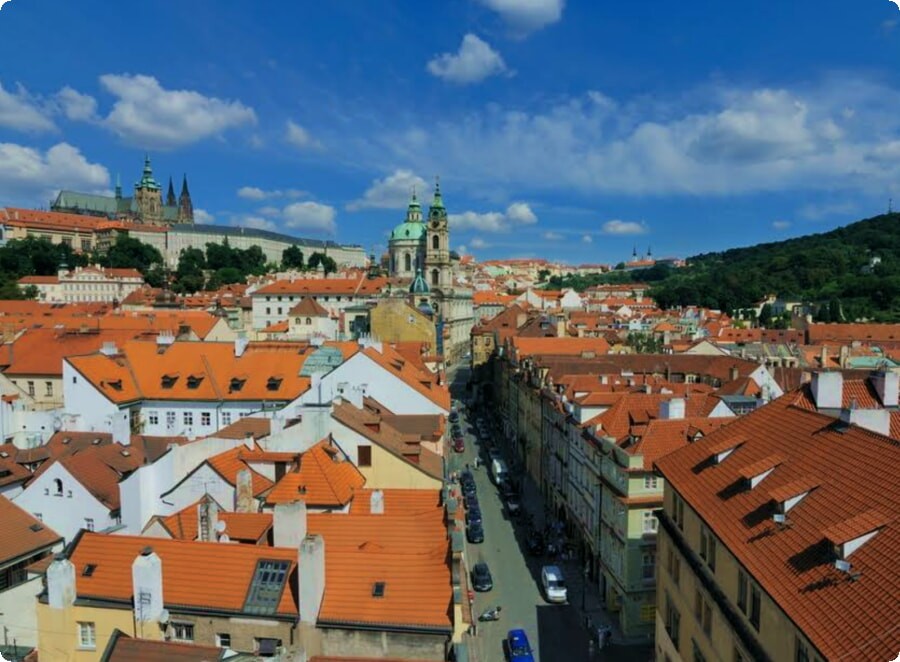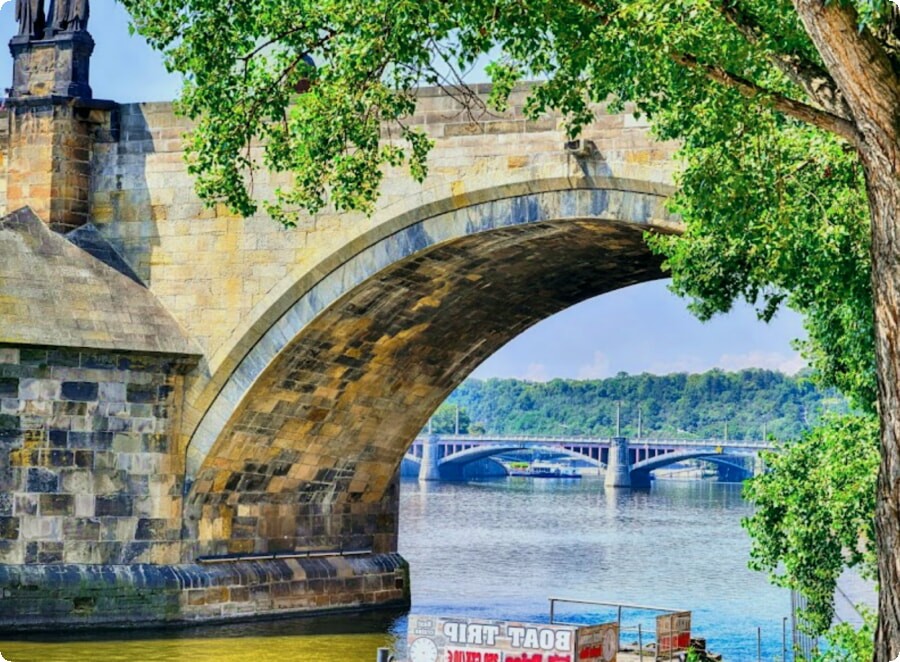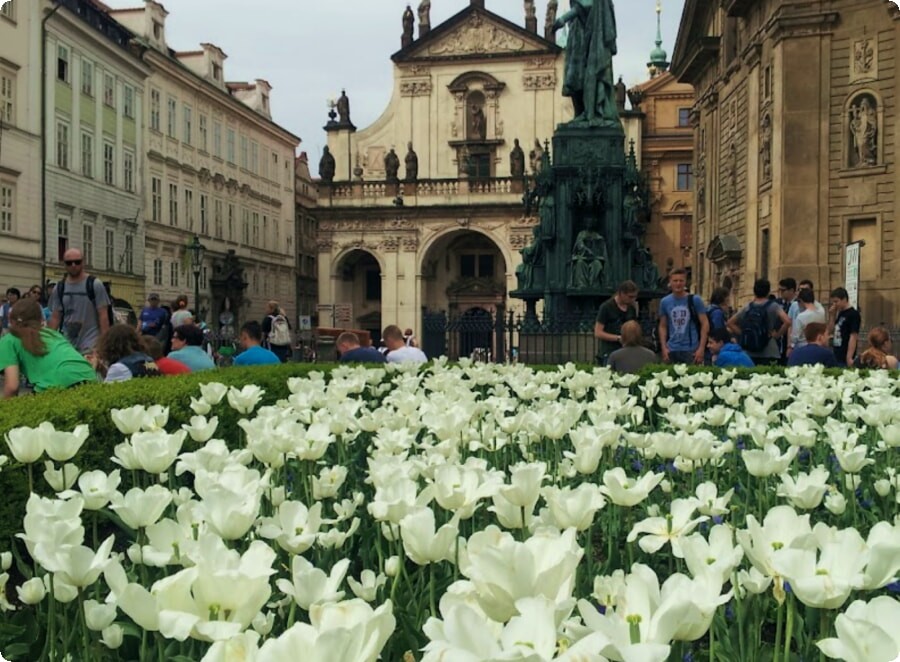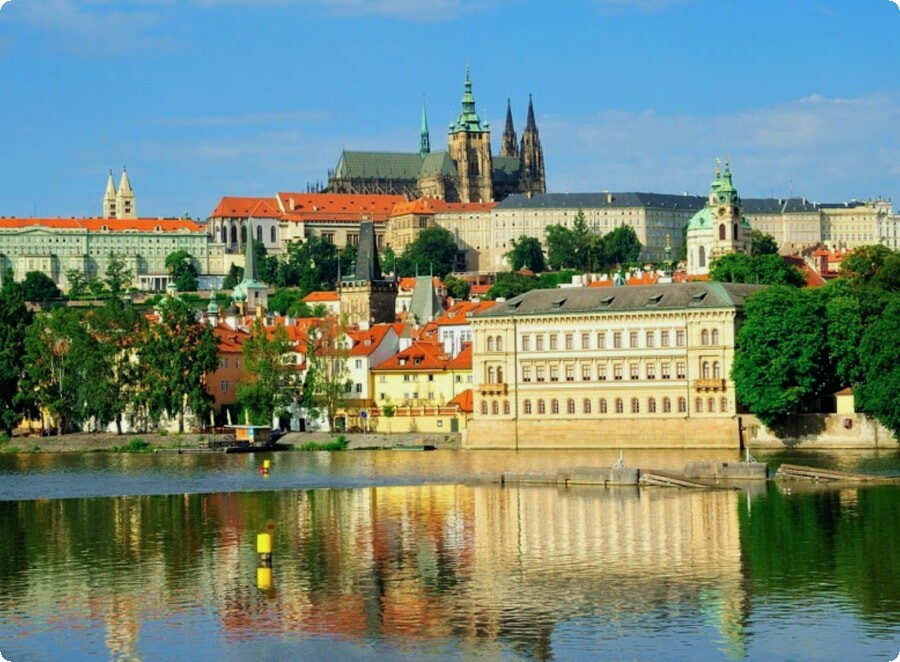Prague - this city cannot leave you indifferent: excellent cuisine, Gothic architecture, picturesque parks, many museums. How not to get lost for a beginner in independent travel in Prague? Read helpful tips below.
Currency Exchange
Upon arrival, any tourist needs to take care of currency exchange. The Czech crown (Czech Koruna esk) is the monetary unit of the Czech Republic. It is most convenient to exchange euros for crowns. It is recommended to change money in banks or exchange offices. There are many points for exchange, but the most favorable rate is in the so-called Arab exchangers. Here are a few addresses where you can find them: Provaznick lane, Pansk 6, Pansk 4. Before the exchange operation itself, it is better to dial a number (on a calculator, phone, paper) indicating how much euro you need to exchange and ask the cashier to answer in the same way how much it is will be in crowns. This will allow you to immediately find out the actual rate, and the exchange will be fair.


Transport
To get to the sights of Prague, an independent tourist will need some knowledge about public transport. Prague has a metro, buses, trams and a funicular. Time tickets are sold in special vending machines installed at bus stops and metro stations. At the entrance to the metro station, bus or tram, the ticket must be validated, there are no conductors in Prague, but there are controllers who enter the cars and ask all passengers to present tickets.
Metro stations in Prague are open from 5:00 am to 00:00 am. Buses and trams run from 4:30 to 23:30 according to the schedule, you can see it at stops.
Most tourists consider renting a car one of the best ways to enjoy all that the Czech Republic has to offer. Renting an economy class car in Prague will cost about 15 euros per day, in Brno - about 16 euros per day.
Cuisine and Drinks
Prague is deservedly one of the European gastronomic capitals. Even in an expensive restaurant, even in a simple cafe, guests will be greeted warmly, and the kitchen will be on top. National dishes that you need to get acquainted with:
- Soup "Chesnechka", a soup on a broth of smoked meats with the addition of a large amount of garlic;
- Goulash soup, a thick soup with meat often served in a round loaf of bread;
- Dumplings, potato balls, flour;
- Veprevo knee (pork knuckle) - a visiting card of Czech cuisine. Usually the knee is boiled, and then baked. The dish can be served with various appetizers, sauces and side dishes. Most often with mashed potatoes, sauerkraut or stew, pickles, horseradish and mustard.
The most popular drinks in Prague are slivovitz (a strong alcoholic drink based on plum juice) and, of course, Czech beer.
Slivovitz is an aperitif, so the waiter can easily offer it to the guest before dinner. And beer flows like water here at any time of the day! On the territory of the Czech Republic there are many breweries with a rich history and a wide variety of varieties of foamy drink. Everyone has heard about the taste and quality of Czech beer, so tourists can only try and enjoy. Moreover, the price for half a liter of beer in a cafe is often lower than for a cup of tea. And for the Easter holiday, green beer is specially brewed here!


Sights
Museums and sights of Prague can be described for a very long time. A short list of those not to be missed:
1. Vysehrad Fortress
2. Old Town Square: astronomical clock, town hall, tower, dungeons, Tyn Church
3. Charles Bridge
4. Kampa Island: Kampa Museum, Franz Kafka Museum
5. Prague Castle: St. Vitus Cathedral, Royal Garden, Southern Gardens
6. Technical Museum
7. Petrin Hill and tower
8. Jewish Quarter
9. Troy Castle
10. Zoo
It is also worth a trip to the town of Kutna Hora, where the Cathedral of St. Barbara and the famous Ossuary are located, and in the town of Karlstejn and near Benešov you can see and study the decoration of the real Gothic castles of Karlstejn and Konopiste. An independent tourist can get to these objects by train.